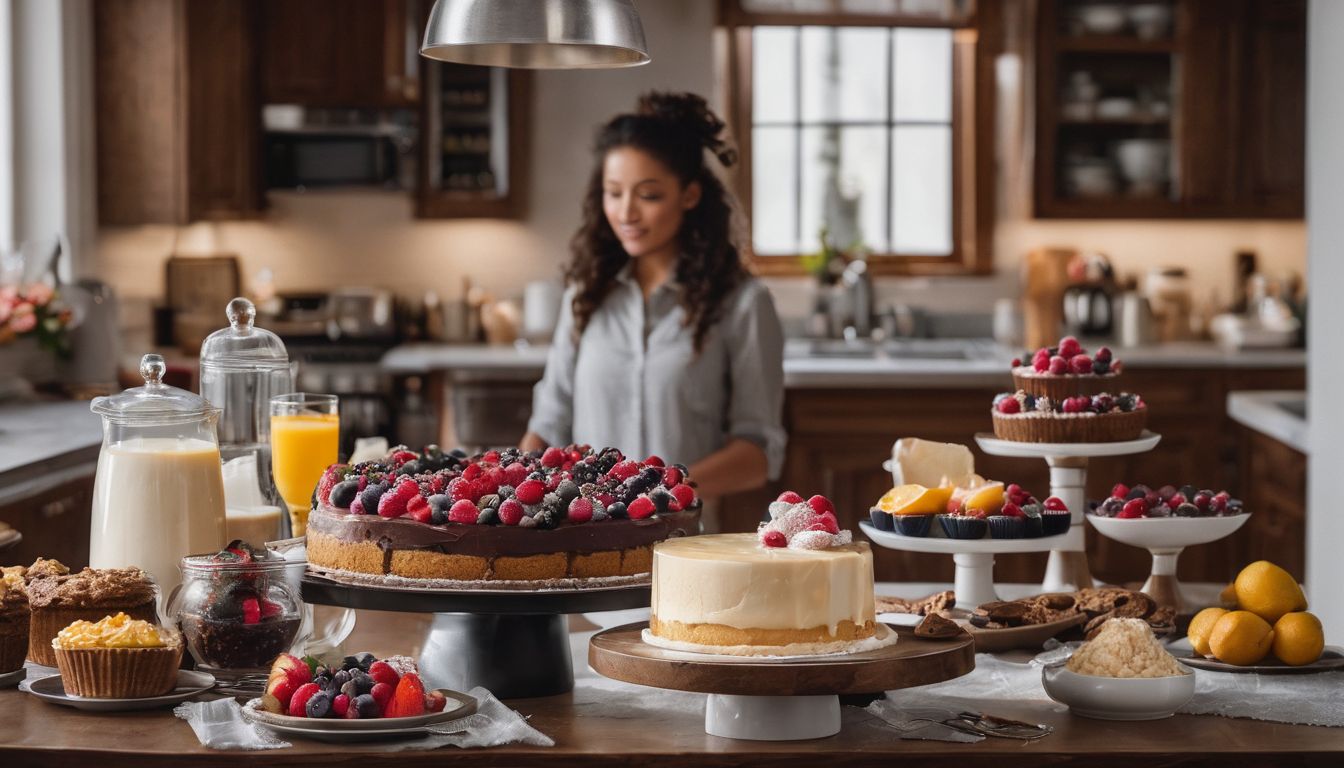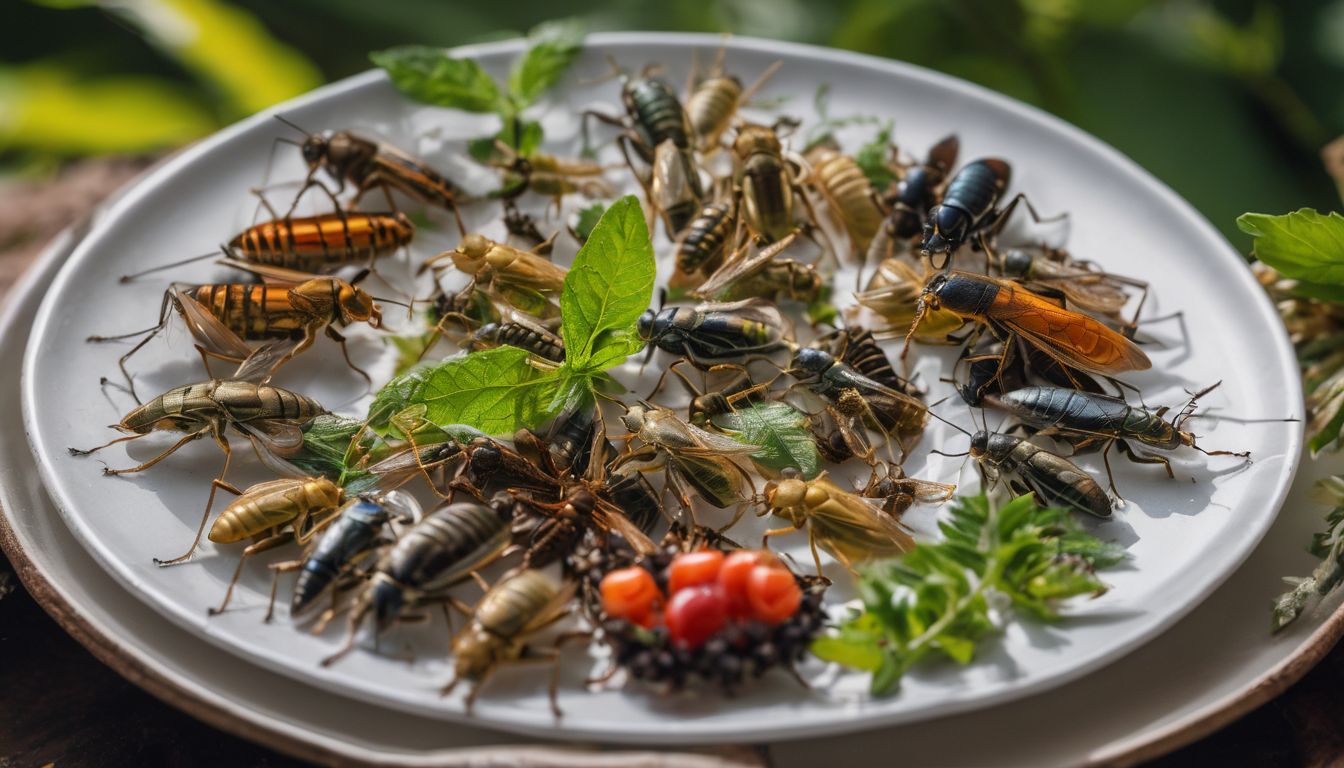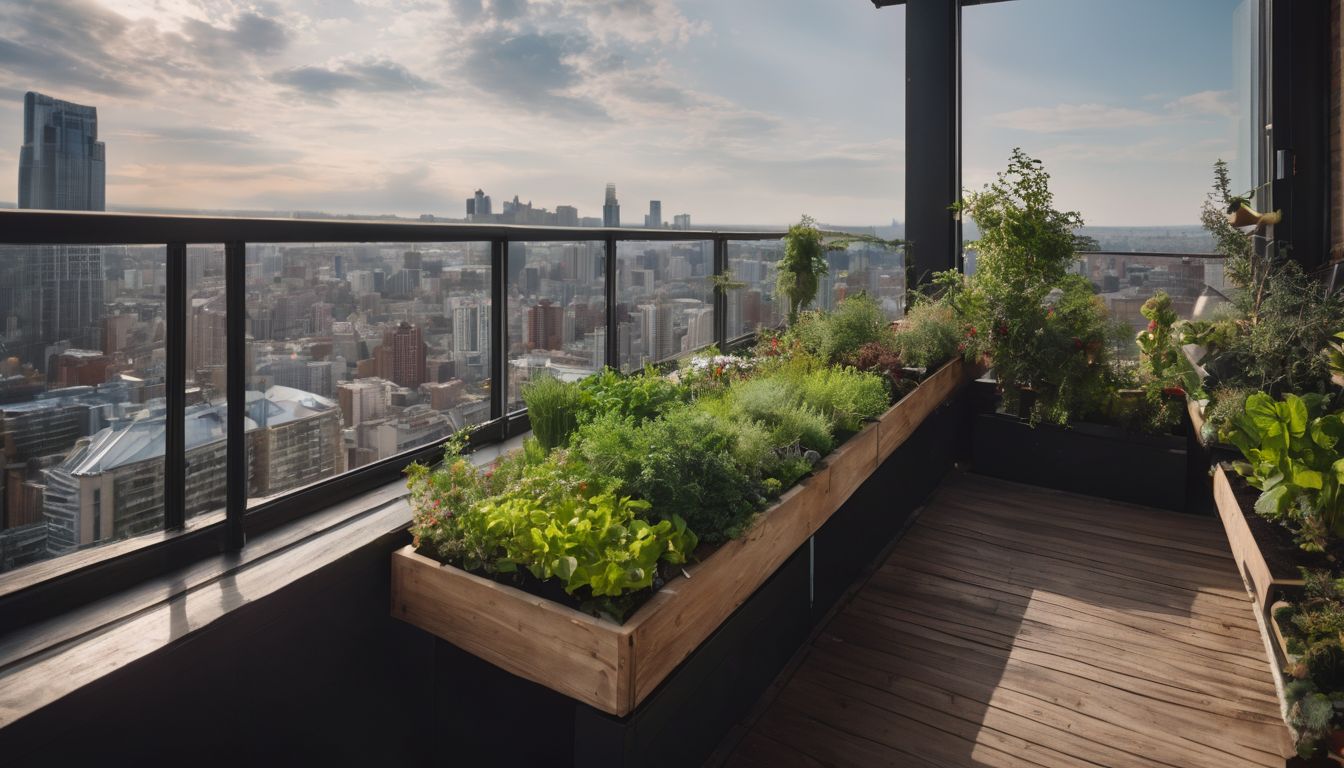If you grow your own food in your backyard, or even if you just want to preserve a lot of fruits and vegetables that you can buy in bulk, try canning your own food. It’s surprisingly simple, cheap, and delicious!
BENEFITS FOR YOUR HEALTH: Canning food at home is a way to preserve nutritious, wholesome food without harmful amounts of preservatives, additives, and chemicals found in commercially canned food.1 Home canned food can sometimes be even more nutritious than produce bought at the grocery store. That’s because fruits and vegetables continually lose nutrients after they are picked, but canned food often preserves food at its freshly picked state.2
BENEFITS FOR YOUR WALLET: If you buy fruits and vegetables in bulk, you could save a lot of money, but you would usually have to eat everything in bulk within the next week or so. That’s neither appetizing nor feasible for most families. However, when you can preserve your own food, you can gradually consume the food and enjoy the discount for buying in bulk. Canning is also a way to lengthen the time you can reap the fruit of your own gardening, so you can throw away less and eat more!3
BENEFITS FOR THE ENVIRONMENT: Canning locally grown or home grown food helps to lower the carbon footprint of your food. Commercially canned food can be packaged, processed, and shipped all over the United States and even internationally.4 Another environmental benefit to canning your own food is that you recycle your jars and materials, minimizing waste.5
Cost: Low to Moderate
The cost of canning food can be pretty low, especially since most of the equipment is similar to what you may already have at home.6
Time and Effort: Low to Moderate
It will only take a few hours to can the food, but you need to do canning with precision and care. It will probably get easier as you keep doing it, but at first it will likely be a strange and messy process.7
Materials:
Food to Preserve
Canner
Jar Grabber/Tongs
Magnetic Lid Lifter
Jars
Lids
Rings8
Plastic Spatula or Knife9
Towels10
Instructions:
- Gathering Food and Equipment: Although canning food doesn’t require too many materials, you need to be sure to gather and prepare them correctly.
- Choosing Canning Equipment: There are two major canning methods you can use to can food: water bath canning and pressure canning.
- Water bath canning: Water bath canning works best for fruits and pickled vegetables because they are already acidic enough to naturally kill off certain toxins. Water bath canning doesn’t require any special equipment. You just need a container large enough to keep multiple jars and boiling hot water. There are special water bath canners, but you can also just use a large kettle with a tight lid.11
- Pressure canning: Pressure canners can cook low-acidic foods like meat, seafood, vegetables, and dairy products. They can also cook high-acidity foods even faster.12
- Choosing Jars: The idea behind canning is to kill off any bacteria in the food and to vacuum seal any air out to prevent them from returning. Sturdy jars with airtight seals are essential for effective food preservation. Mason or Ball canner jars are generally a safe bet, but avoid any that have cracks, nicks or holes.13
- Sterilization: Since you want to prevent microorganisms from spoiling your food for as long possible, you should minimize the amount of bacteria that comes into contact with the jar and its contents during the canning process. Wash everything thoroughly, including food, canning equipment, and jars. Once you’ve finished cleaning your equipment, you need to work quickly through the rest of the canning process so that bacteria doesn’t have a chance to grow and spoil the food.14
- Follow the Recipe: Just like with cooking, each canning recipe is different. You can easily find canning recipes online or in bookstores. The canning recipe will specify ingredients, processes to use, and cooking ingredients.
- Preparing fruit: If you are picking fruit directly from your garden, do it early in the morning. While you want relatively ripened fruit, you want to avoid fruit that is so ripe that it is close to spoiling.15 Wash and cut the fruit into pieces small enough to easily fit through the opening of the jar.
- Preparing meat: Cook meat about 2/3rds through before packing it into the jar.
- Preparing fish: Remove the head, tail, fins, and scales from the fish before canning it. You can leave the skin on as long as any skin is pressed against the glass side. Do not cook fish before canning.16
- Packing Jars: The best kind of packing is done with
- Cold Packing: Cold packing means placing the food into the jar and pouring hot juice, water, or sugar syrup over it. Leave between 1/8th of an inch to ½ an inch in air space above the top of the fruit or liquid. This will allow the food to bubble and expand without overflowing.17
- Hot Packing: Hot packing means cooking the food in the hot juice, water, or sugar syrup before putting it all into the jar. Hot packing helps to take the air out of food, prevents the food from floating, and shrinks the food so that more will fit in the jar. To hot pack a food, bring it to boil in the specified liquid and let it simmer for a few minutes. Then, just transfer it into the jars.18
- Seal Jars: Now that the food and liquid is in the jar, you just need to seal the jar. Circle a plastic spatula or knife around the inner edge of the jar to eliminate air bubbles.19 Using a towel or napkin, wipe the rim clean of any food or liquid. Place the flat lid onto the top of the jar where it fits best. Screw the ring onto the top of the jar over the lid until it the jar is tightly closed.20
- Cooking the Jars: Now is the part where you heat the jars up using one of the two methods described earlier.
- Water Bath Canning: If you have one, place the wire basket or rack into the water bath. Fill the canner with boiling water up to half full. Use oven mitts or tongs to grab ahold of the jars below the lid. Set them into the rack or basket inside the canner. Add more boiling water until the surface level of the water is 2 inches above the lids of the jars. Set a timer for the number of minutes that the recipe calls for. When time is up, immediately remove the jars and place them spaced at least an inch apart on towels or a drying rack.21 Be sure not to place the jars onto a cool surface too quickly, since the change in temperature could crack the jars.20
- Pressure Canning: Fill the canner with a few inches of boiling water. Use oven mitts or tongs to grab ahold of the jars below the lid. Set them onto the rack inside the pressure canner, leaving some space between the jars. Turn the heat on the burner up to maximum until the steam has turned clear, or a little after 10 minutes. Close the steam vent and wait for the pressure to rise to 10 lb. Once that happens, start the timer as according to the recipe. If the pressure fluctuates below 10 lb., start timing from that new point in time. When time is up, take the pressure canner off the burner to let it cool. Once the pressure is 0 lb., open the vent. Tilt the pressure canner away from you and open the lid on that side. Using tongs or an oven mitt, set the jars spaced apart on towels or a drying rack.23
- Finishing Up:
- Let the jars cool: Let the jars cool in for 12-24 hours on the rack. After they are cool, unscrew the rings from the jars. If you leave them on, the rings could rust together with the lids.
- Test the seal: You will need to test the jars to make sure they are sealed airtight. The first way is simply to push down on the lid with your finger. If it bounces back up, the lid is not airtight. The second way is tapping on the top of the lid with a spoon. If it dings at a high-pitch, it’s airtight. If it sounds dull, it is not airtight. Refrigerate or freeze any cans that are not airtight, and use them as if they are opened cans.25
- Storing the Food: Store the cans in a cool, dark place that stays between 50° F and 70° F.26 Label the can with the month and year so you know exactly when they will go bad.27 Open your canned food within a year of the canning date for best taste.28
Bon appétit!




